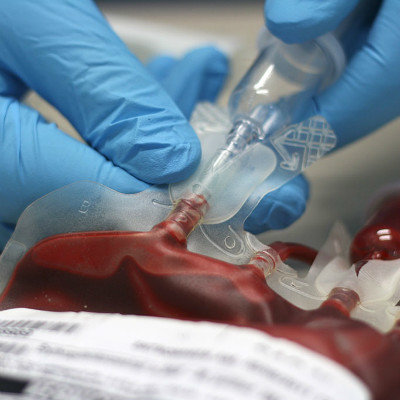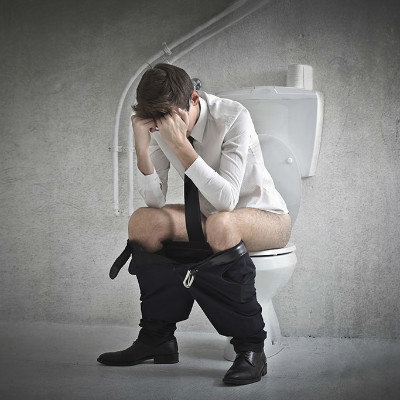What does male kidney stone symptom have
summary
Kidney stones are common diseases of urinary system. Frequently occurring diseases, male is more than female, and occurs mostly in young adults. There is no significant difference in incidence rate between left and right sides. So what are the symptoms of male kidney stones.
What does male kidney stone symptom have
First: Lumbar colic: renal colic is a typical symptom of kidney stones. It usually occurs after exercise or at night. Because it is too painful, it is often described as "knife cutting". At the same time, it can cause pain in lower abdomen and inner thigh, nausea and vomiting, pale complexion, etc. The patient was restless and in great pain. Renal colic is caused by obstruction of the renal pelvis or ureter during the excretion of kidney stones. Many patients with low back pain, distending pain. After the pain, some patients can find stones with the urine.

Second: Stone history in pain and hematuria attack, there can be sand or small stones with urine. When the stone passes through the urethra, the urine flow is blocked and the pain in the urethra is felt. After the stone is discharged, the urine flow immediately returns to unobstructed, and the patient feels relaxed and comfortable.

Third: renal insufficiency: obstruction caused by renal stones on one side of renal insufficiency can cause hydronephrosis and progressive renal dysfunction on that side; obstruction caused by bilateral renal stones or solitary renal stones can develop into uremia.

matters needing attention
Hydronephrosis: stones block the renal pelvis, ureter, urine discharge is not smooth, resulting in hydronephrosis. Some hydronephrosis can be without any symptoms. Long term hydronephrosis will cause renal function damage. Severe bilateral hydronephrosis may lead to uremia. Fever: kidney stones can be caused by bacterial infection (infectious stones), can also induce bacterial infection, leading to fever. Because stones hinder the discharge of urine, bacteria can not be discharged in time, serious can lead to sepsis, life-threatening.















